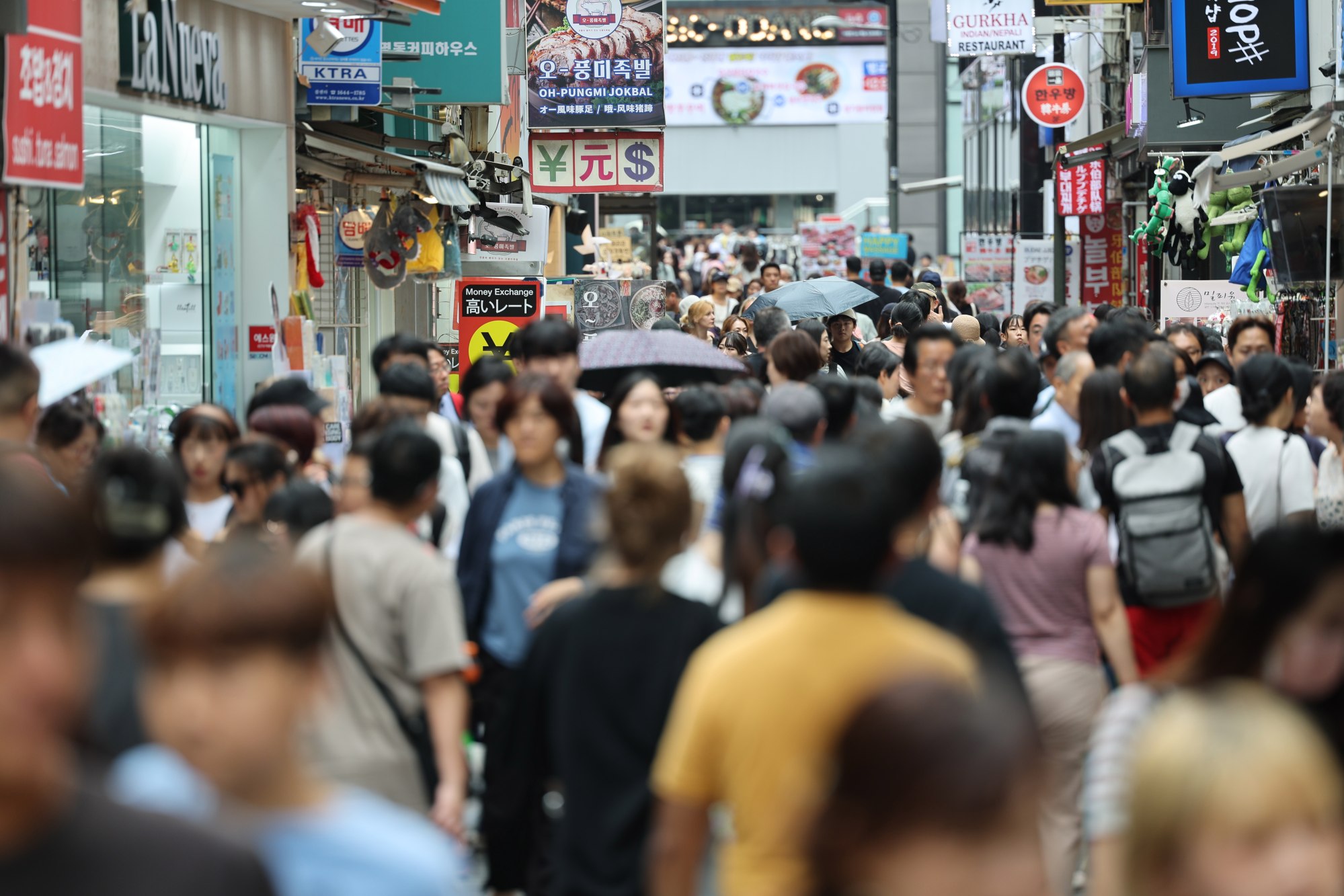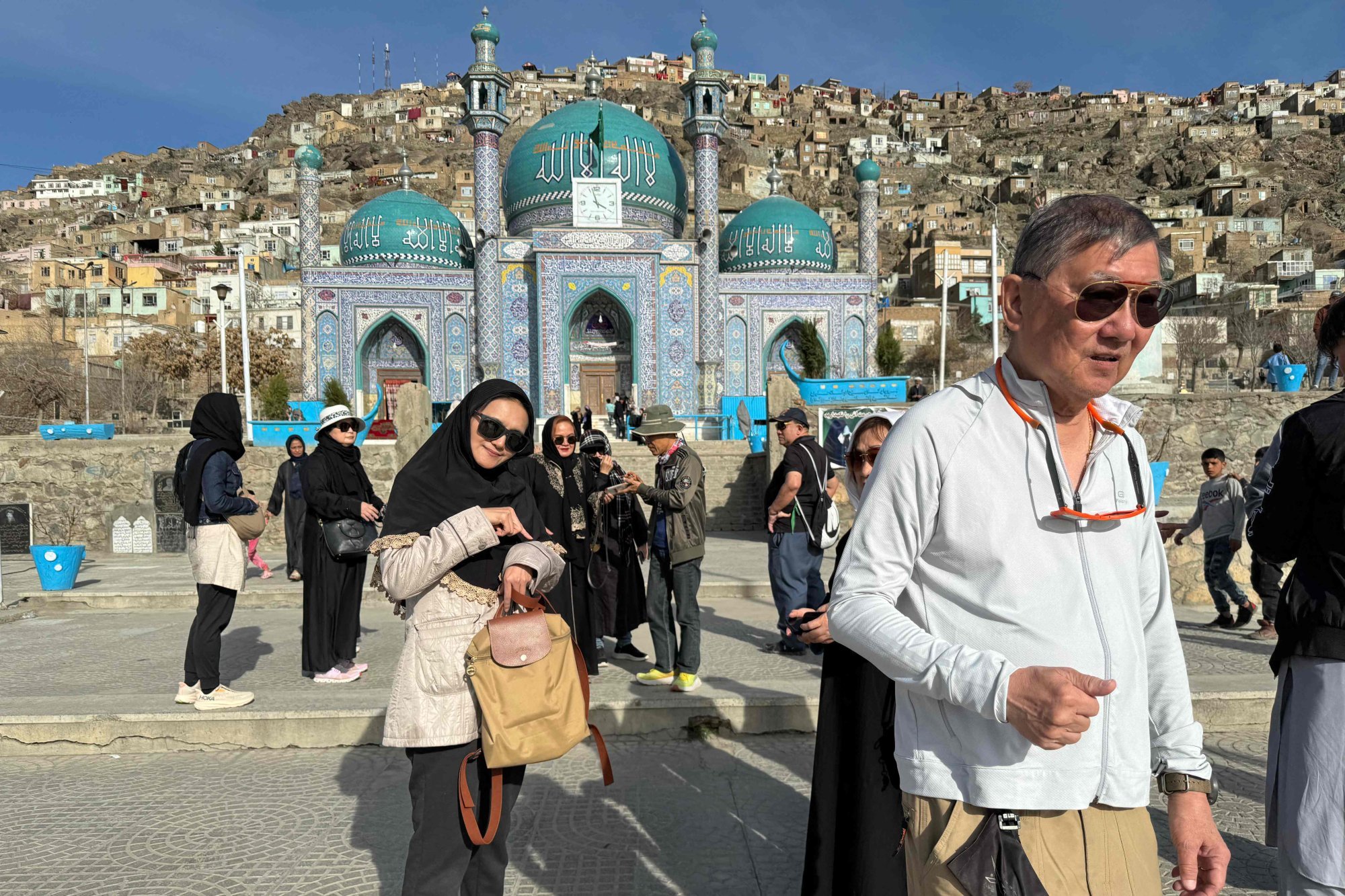While the number of foreign tourists visiting South Korea has surged this year, the number of tourists from Thailand, once the largest source of tourists in Southeast Asia, has fallen to third place after Vietnam and the Philippines.
According to data from the Korea Tourism Organization, 119,000 Thai tourists visited South Korea from January to April, down 21.1 percent from the same period last year, while the total number of foreign tourists increased 86.9 percent during the same period, according to Yonhap News Agency.
The data showed that Chinese tourists increased by 470 percent, while Japanese tourists increased by 86 percent. Other Southeast Asian countries also saw significant increases, including the Philippines (76 percent), Indonesia (51 percent), Malaysia (35 percent), Vietnam (29 percent) and Singapore (11 percent).
Compared to pre-pandemic levels, the recovery rate of Thai tourism remains low: the number of Thai tourists from January to April this year was just 59% of the same period in 2019, well below the overall recovery rate of 88% for foreign tourists.
In 2019, Thailand led Southeast Asia in the number of tourists visiting Korea with 572,000, surpassing Vietnam (554,000) and the Philippines (504,000). However, this year Thailand dropped to third place with 163,000 tourists, behind Vietnam (163,000) and the Philippines (158,000).
 Seoul’s shopping district was swarmed with foreign tourists last year. Industry experts say the decline in Thai tourists is due to negative sentiment towards the K-ETA scheme. Photo: Yonhap News Agency via EPA-EFE
Seoul’s shopping district was swarmed with foreign tourists last year. Industry experts say the decline in Thai tourists is due to negative sentiment towards the K-ETA scheme. Photo: Yonhap News Agency via EPA-EFE
Industry experts believe the decline in Thai tourists is due to negative sentiment stemming from being turned away from the South Korean border.
A major factor is the introduction of the Korea Electronic Travel Authorization (K-ETA) system, which requires travelers from 112 visa-exempt countries to register online and obtain entry permission before departing for South Korea.
The K-ETA exemption was temporarily granted to 22 origins, including Japan, Taiwan, Hong Kong and Singapore, but not Thailand.
The high number of K-ETA rejections and the lack of clear reasons for rejection have caused growing frustration among Thai people. Compounding the problem are some travelers who have been denied entry upon arrival in South Korea even after their K-ETA has been approved.
These denials have become a hot topic on Thai social media, contributing to a drop in tourist numbers. The tougher entry requirements for Thai nationals also come as Thailand is the largest source of illegal immigrants for South Korea.
 No Seoul: Thai tourists seen in Kabul, Afghanistan, in March. Photo: AFP
No Seoul: Thai tourists seen in Kabul, Afghanistan, in March. Photo: AFP
The Ministry of Justice stressed that the measure is necessary to prevent illegal immigration and does not discriminate against Thai nationals.
But tourism officials, who aim to attract 20 million foreign tourists a year, are concerned about a decline in visitor numbers from South Korea, once the top Southeast Asian country in terms of number of visitors to South Korea.
“The decline in Thai tourists can only be explained by the K-ETA issue,” said an official from the Ministry of Culture, Sports and Tourism. “Despite our request for a temporary exemption from the K-ETA this year, which has been designated as the year of visit to Korea, the Ministry of Justice is standing firm.”
South Korea and Thailand have designated 2023-2024 as the “Korea-Thailand Mutual Visit Year” to strengthen tourism ties between the two countries.

